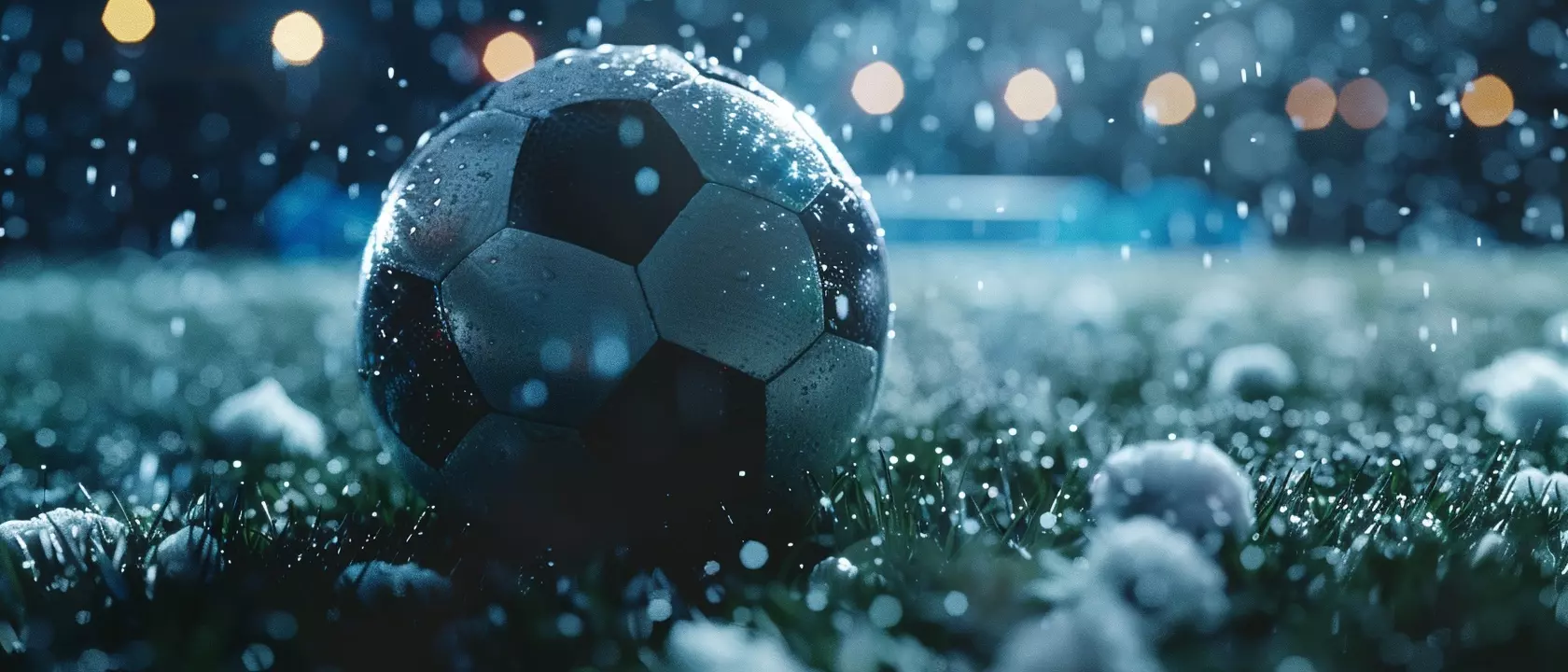The Clay Court Advantage
Clay courts represent tennis’s great equalizer—a surface where pure talent surrenders to physical endurance and mental fortitude. During the European clay season, featuring three Masters 1000 tournaments (Monte Carlo, Madrid, Rome) and culminating at Roland Garros, the game’s fundamental rules shift dramatically. Here, technical brilliance yields to cardiovascular superiority, transforming courts into battlegrounds where legends emerge and giants stumble.
For the astute bettor, understanding these nuances separates profitable speculation from expensive fandom. Clay doesn’t just change how tennis is played—it revolutionizes how it should be wagered upon.
Clay: The Cemetery of Kings
When Greatness Meets Its Match
Pete Sampras—14 Grand Slam titles, 286 weeks at world number one—never reached a Roland Garros final. Clay became his kryptonite, proving this surface forgives nothing, not even transcendent talent. Among active players, only Rafael Nadal and Roger Federer have conquered all four Grand Slams, a rarity highlighting clay’s unique demands.
Historically, just six players have completed the career Grand Slam. Clay demands something beyond natural ability: patience, endurance, and psychological steel. It’s tennis stripped to its purest essence—not who hits hardest, but who suffers longest.
The Surface That Defies Convention
On clay, rallies extend beyond human comfort zones, with exchanges lasting minutes rather than seconds. The ball bounces slower than on hard courts or grass, forcing patient construction over explosive winners. Cardiovascular fitness becomes paramount, and mental fatigue often decides matches more than perfect forehands.
This creates a fascinating paradox: the sport’s most physically demanding surface often rewards the most cerebral players.
Iberian Dominance: Manufacturing Gladiators
The Spanish Philosophy
Hispanic players dominate clay because Spanish tennis prioritizes athleticism over premature technical perfection. Children are molded as complete athletes before becoming tennis players, sacrificing junior glory for professional longevity. This explains the scarcity of Spanish junior champions but abundance of veteran winners.
The approach seems counterintuitive—delay specialization to achieve mastery—but results speak volumes. Spanish clay court success isn’t accidental; it’s systematically engineered.
Rafael Nadal: The Physical Revolution
Nadal redefined clay court tennis through superhuman conditioning. Initially, his strength lay in relentless court coverage rather than tactical sophistication. Over time, he incorporated net rushing, drop shots, and tempo variations, transcending traditional clay court archetypes to become a surface-specific machine.
This evolution offers betting insights: early-career Nadal relied on pure endurance; mature Nadal combines fitness with tactical cunning—different weapons requiring different analytical approaches.
The Modern School
Players like Alex Corretja, Albert Costa, Carlos Moyá, and Juan Carlos Ferrero exemplify this methodology. Moyá, successful across surfaces, transmitted his knowledge to Nadal, shaping the “King of Clay.” Understanding these coaching relationships provides crucial context for evaluating current players’ clay court potential.
Clay Court Betting Strategies: Exploiting Surface Specifics
Iberian Battles: Guaranteed Marathons
Spanish versus Spanish clay court encounters virtually guarantee extended contests. Betting “over” on match duration (games or sets) represents one of tennis’s safest strategies. Maintaining focus for three-plus hours challenges even specialists, creating consistent value in endurance markets.
Key Insight: When both players understand clay’s demands intimately, matches naturally extend as neither yields easy points.
Early Round Value: Veteran Advantages
When clay specialists face average players in opening rounds, backing straight-set victories offers reliable returns. Players like David Ferrer or Juan Martín del Potro—combining power with experience—rarely allow opponents adaptation time on clay.
Strategic Application: Target mismatches where surface expertise creates insurmountable advantages, particularly in best-of-five formats where fitness gaps compound.
Masters 1000: The Elite Trio
Monte Carlo, Madrid, and Rome constitute clay’s only Masters 1000 events—a limitation that frustrates Nadal, who advocates for expanded clay court calendars. In 2025, with Wawrinka less consistent and Nadal potentially conserving energy for Roland Garros, Djokovic and Federer emerge as prime contenders.
Betting Angle: Monitor player scheduling priorities—some prioritize Masters preparation, others preserve energy for Grand Slams.
Monte Carlo: The Season Opener
The Warm-Up Tournament
Nadal’s eight consecutive Monte Carlo titles represent near-mythical achievement. Beginning April 12th, the tournament serves as clay season’s appetizer, where backing solid favorites often proves profitable due to form uncertainties and fitness disparities.
Strategic Consideration: Early season clay events feature greater variance as players adapt from hard court seasons—creating both opportunities and pitfalls.
Roland Garros: Where Dreams Shatter
The Ultimate Clay Court Test
Roland Garros 2025’s central question: Can Nadal maintain his crown? Djokovic, despite exceptional talent, faces psychological barriers on Parisian clay. Nadal’s recent subdued performances might represent strategic deception—conserving energy under “Uncle Toni’s” guidance.
Djokovic vs. Nadal: Psychological Warfare
Nadal historically dominated Djokovic on clay through superior endurance, forcing errors in extended rallies. Injuries reduced this advantage on other surfaces, but Roland Garros maintains Nadal’s psychological supremacy. Djokovic succeeds in Monte Carlo but wilts in Paris—a mental barrier few overcome.
Betting Insight: Previous head-to-head records on clay carry more predictive value than recent form on other surfaces.
Critical Factors for Intelligent Clay Court Betting
Context Analysis
- Court Behavior Assessment: Evaluate each player’s mental resilience during extended points
- Nationality Impact: Home crowd support or pressure significantly influences performance
- Psychological Authority: Reputations create pre-match psychological advantages
Weather Conditions
- High Humidity: Favors defensive players by slowing game pace
- Strong Winds: Disadvantages power players who rely on precision timing
- Intense Heat: Amplifies fatigue, benefiting superior fitness preparation
Value Markets
- Match Duration: Iberian specialists virtually guarantee “over” bets on games or sets
- Exact Set Victories: In balanced matchups, expect three-set minimums
- Total Games: Clay generates more games per set, ideal for “over” positions
Advanced Clay Court Analytics
Physical Preparation Indicators
Monitor players’ pre-tournament preparation intensity. Clay demands sport-specific conditioning—general fitness isn’t sufficient. Players who invest heavily in clay-specific training often outperform expectations, while those treating it as minor surface adjustments frequently underperform.
Tactical Adaptation Speed
Some players require multiple matches to rediscover clay court rhythm. First-week betting should favor natural clay courters over surface-switchers, regardless of overall ranking disparities.
Historical Performance Patterns
Clay court success shows stronger year-to-year correlation than other surfaces. A player’s clay court win percentage from previous seasons provides reliable predictive value—more so than recent hard court results.
Risk Management on Clay
Extended Match Implications
Clay court betting requires modified bankroll management due to increased match variance. Three-set minimums and frequent upsets demand conservative staking approaches, particularly in early tournament rounds.
Surface-Specific Injuries
Clay’s demanding nature increases injury risk, particularly for players with questionable fitness. Monitor physical condition reports more carefully during clay season—minor concerns become major limitations on this surface.
Final Reflection: Clay as Life Lesson
Clay courts represent tennis’s most democratic surface, where raw talent alone cannot guarantee success. It tests patience, endurance, and intelligence—victories constructed point by point, like brick castles built to withstand siege.
For bettors, clay offers predictable patterns for those understanding its laws: value experience over rankings, respect psychological dynamics, and never underestimate contextual factors.
As Spanish wisdom suggests: on clay, victory belongs not to the fastest or strongest, but to those understanding each point represents warfare—won through patience and heart. In 2025, with Roland Garros approaching, intelligent bettors will find clay courts fertile ground for well-founded strategies.
The clay court season represents tennis betting’s annual opportunity to profit from surface specialization. While casual bettors focus on star power and recent form, professionals recognize that clay rewards different virtues entirely. Understanding these distinctions—and betting accordingly—transforms the European clay swing from sporting entertainment into systematic profit generation.
Remember: on clay, the court itself becomes a player, favoring those who respect its unique demands while punishing those who ignore its lessons. Smart money follows this wisdom, backing patience over power, endurance over explosiveness, and experience over expectations.



 Rupert Fawcett
Rupert Fawcett

